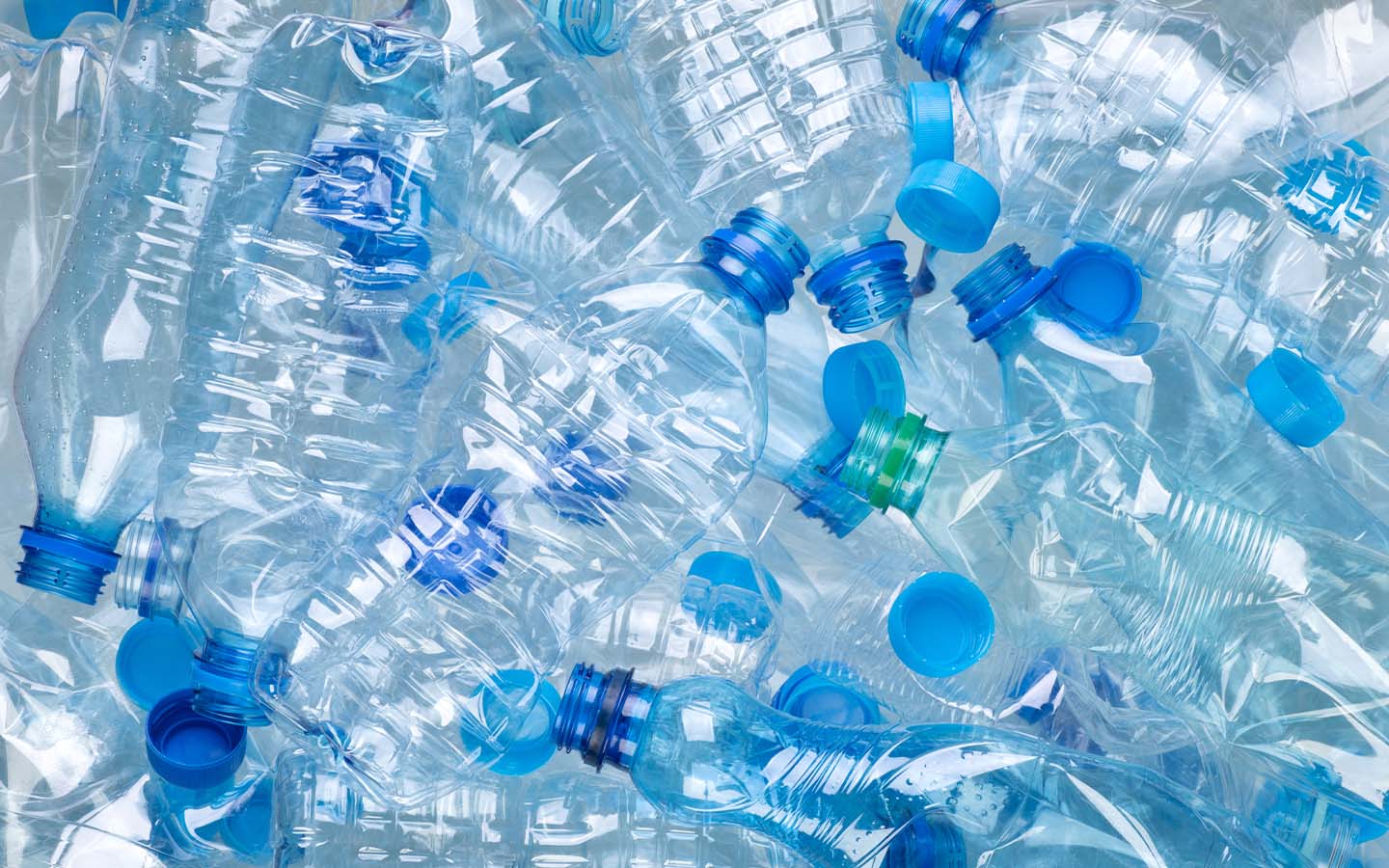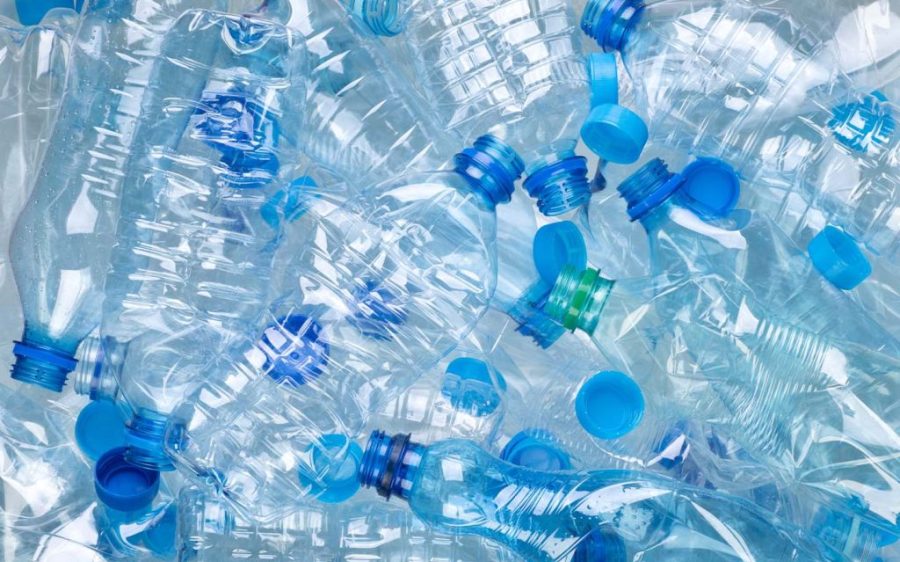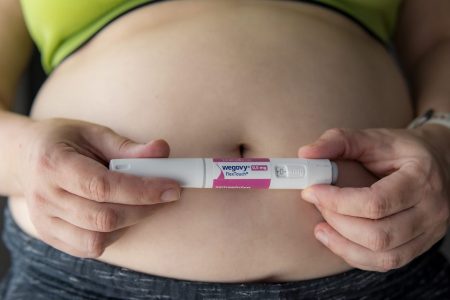A new plastic upcycling method developed by researchers at Northwestern University could make plastic recycling simpler, more efficient and cheaper.
According to SciTechDaily, the breakthrough hinges on a low-cost, nickel-based catalyst designed to selectively target polyolefin plastics, including polyethylenes and polypropylenes, which make up almost two-thirds of single-use plastic consumption.
Current methods for recycling these plastics are labour-intensive, energy-intensive and expensive, leading to only a fraction being recycled globally. The precision of the new catalyst means it could be applied to large volumes of unsorted polyolefin waste, converting low-value solid plastics into liquids oils and waxes that can be upcycled into higher-value products. It can also be used on plastics contaminated by PVC, a toxic material that makes plastics unrecyclable under other methods.
Compared to other nickel-based catalysts, this new process is “winning across all categories” of efficiency, Yosi Kratish, a researcher at Northwestern University and co-corresponding author of the research, told SciTechDaily.
[See more: Plastics production has increased 200-fold since 1950 with huge impacts on health]
Current methods for recycling polyolefins either involve low-temperature melting, a labour-intensive and risky process where any contamination can compromise the whole batch, or incredibly high-temperature melting that takes a lot of energy. The Northwestern team was looking for “an elegant way to add the minimum amount of energy to derive the maximum value product.”
The precision nickel-based catalyst they developed is not only much less expensive than currently used metals like platinum, it also possesses unprecedented activity and stability – the key characteristic that allows it to handle PVC-contaminated plastics.
PVC looks like other plastics but is significantly less stable when heating, releasing high corrosive hydrogen chloride gas that usually deactivates catalysts and disrupts recycling. With the new catalyst, PVC contamination actually improved performance, even in concentrations of up to 25 percent. “That is crazy,” Kratish exclaimed. “It’s definitely not something anybody expected.”
The finding suggests the team’s method could overcome one of the biggest hurdles in mixed plastic recycling: breaking down waste previously considered “unrecyclable” due to PVC contamination. To do it in a relatively low-cost, high-efficiency manner makes it even more promising as a tool for tackling our ever-growing plastics problem.






